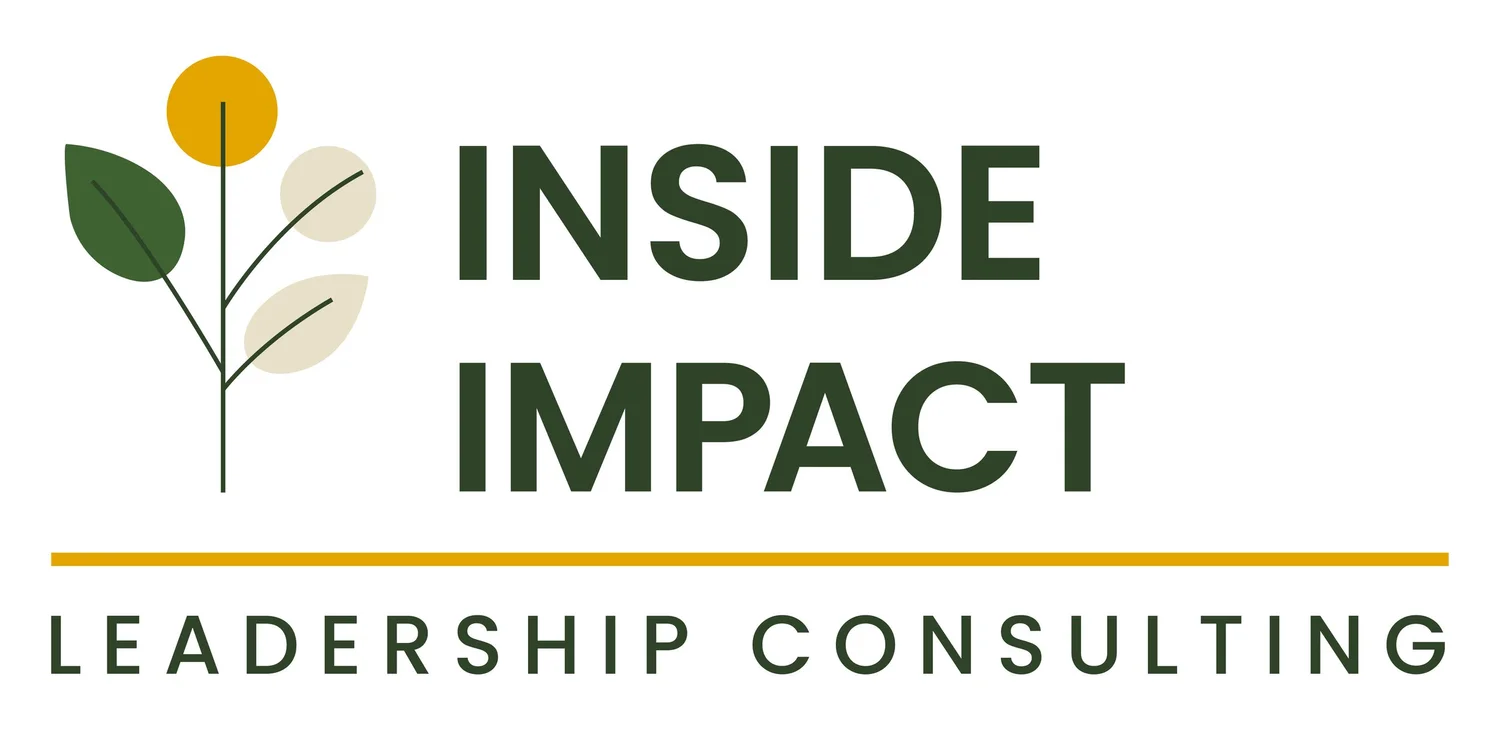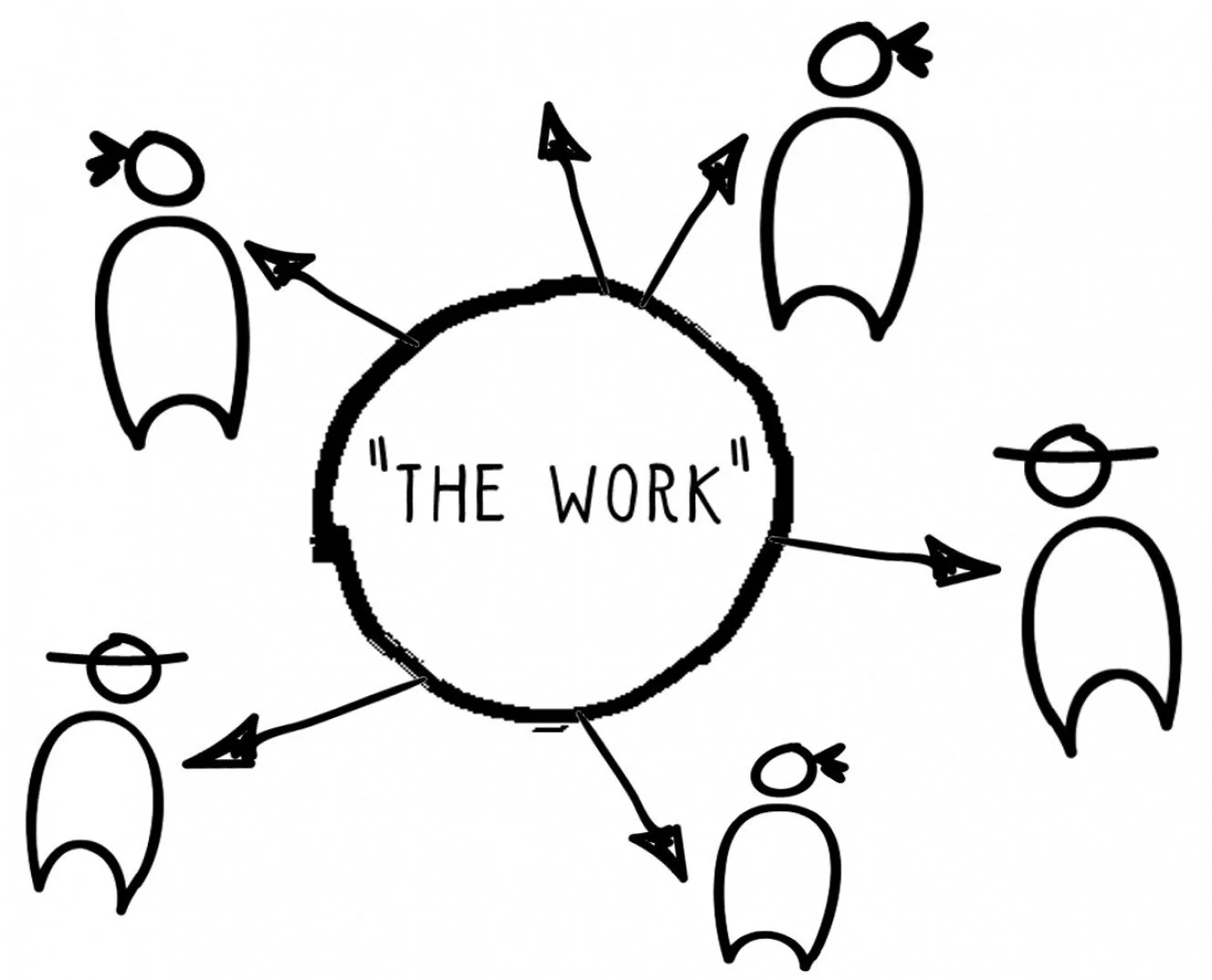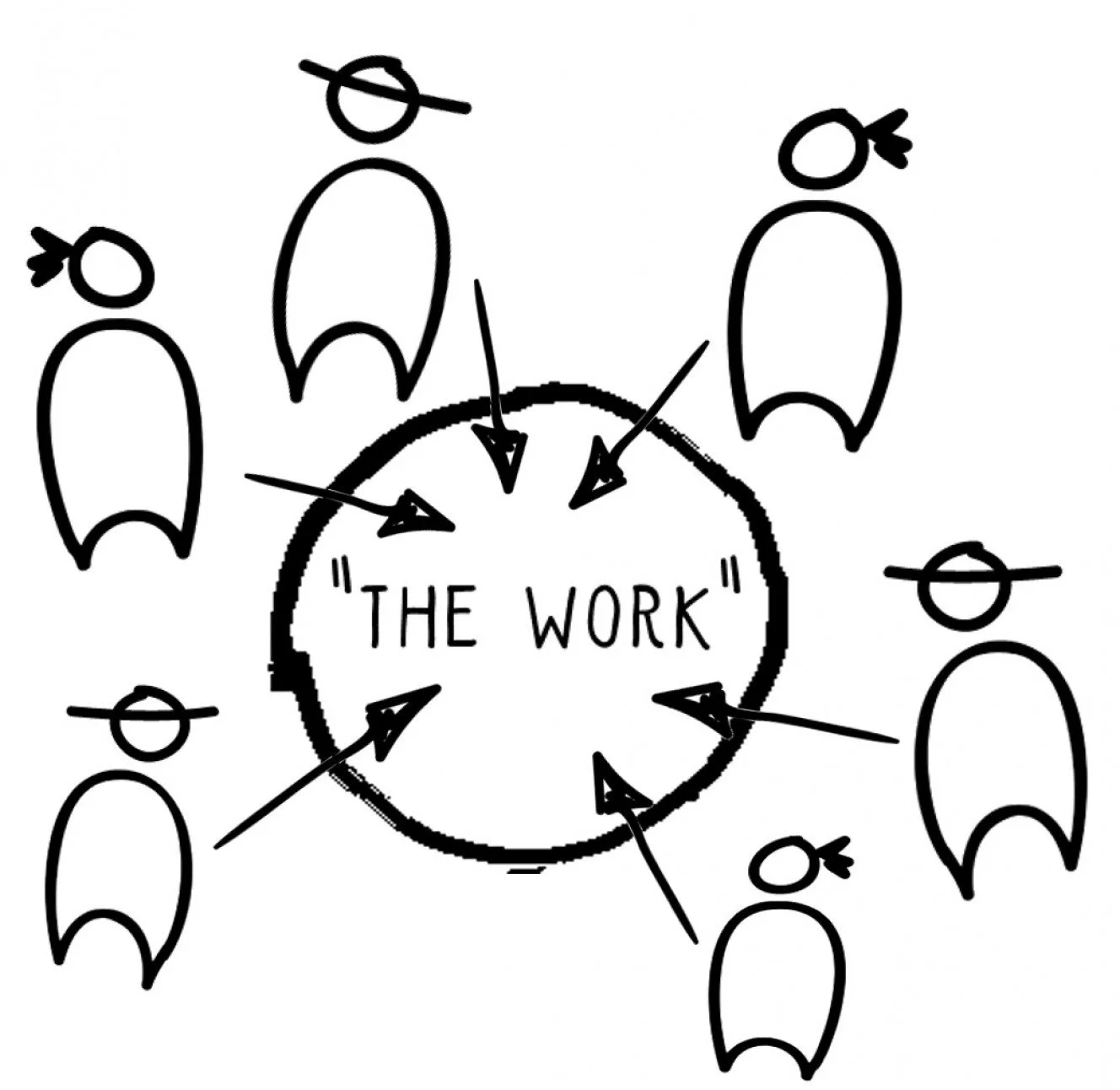Keep the Work in the Middle.
Throwback to 2017
A number of years ago I sat in a boardroom among colleagues who were processing the news that a small but highly visible project we were working on was not going forward. Ten days before the deliverable was landing, we were thanked, and dismissed.
The messenger of this moment, was a master. He was clear that this was not a reflection of our input, or our output. It was simply a change in direction that we had no control or influence over.
I can say now, that this project being aborted was not a big deal. At all. In the moment, however, it felt devastating, frustrating, and patronizing. Our faces were saying it all – “why did we even bother?” and “if they knew what they wanted from the start, why even engage us?” It was hard to let go, because we had each put so much in.
And that’s when the masterful messenger taught me about ‘keeping work in the middle’.
Think about this for a moment- it happens often on project teams, committees and working groups. You come together, you divide up the work based on your areas of expertise, set the date for the next meeting and adjourn. You take your piece of the puzzle, chip away on it, forming it, shaping it, and maybe putting a bit of glitter and glitz on it before bringing it back to the table. You’ve spent time with it, feel proud and want things to turn out the way you envision they will. You’ve taken ownership of your piece of the work, and if you’re like me, maybe got a little attached to the outcome and when it doesn’t turn out the way that you hoped, it can sting.
How ‘the work’ was happening
The lesson that I learned in this moment is that the way I was taking ownership of my work started to get personal, and that led to greater attachment to the outcome and greater frustration when it didn’t end up the way I planned. (And yes, I started to see the parallels to my personal life, too.)
I had a narrow view of what it meant to take ownership of the work. No wonder I got tripped up when the puzzle had changed and my vision didn’t fit anymore.
This lesson helped me notice a few things that would happen when I would grip the work too tightly:
I would feel more anxiety, stress, while doing the work.
I would take away the opportunity for it to be so much better by the influence of other factors.
It would suck when it didn’t turn out the way I had planned.
Keeping the work in the middle, is about detaching from the outcome. By detaching from the outcome you leave it open to influence, ideas, growth and out-of-left-field decisions from all of the other players involved, including those that aren’t necessarily sitting at the table with you.
How ‘the work’ could have happened
This doesn’t mean that you don’t take ownership or engage just as deeply as you normally do. Detaching from the outcome does not mean disengaging from the work – you are still completely responsible for the way you show up. You can own your contribution, your labour, your input, your influence, and not become attached to a particular outcome. It’s about participation, not perfection.
This detachment can help you can see the transformations, the iterations and evolutions. And by seeing this from a broader perspective, you can respond, pivot and react with greater ease.
By practicing this, here’s what I’m now noticing:
Pride in my contribution, regardless of the outcome.
Less resistance to trying, testing and shipping.
Agility and the ability to pivot, both as an individual, and as a team.
I have a heck of a lot more fun.
Detaching from the outcome does not mean disengaging from the work – it means creating the space for influence, growth and change from all directions, including those that might surprise you.


